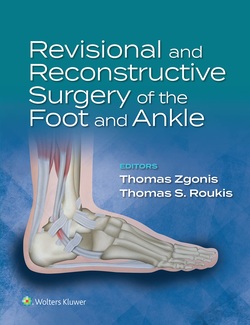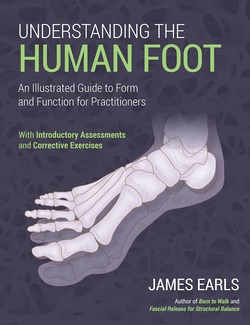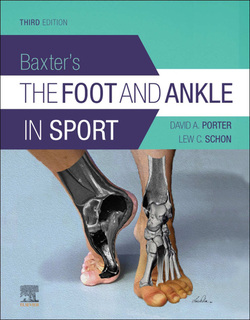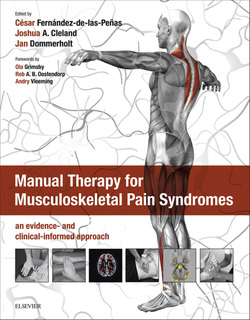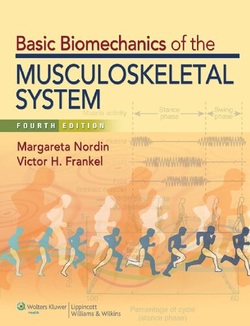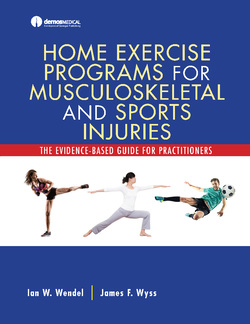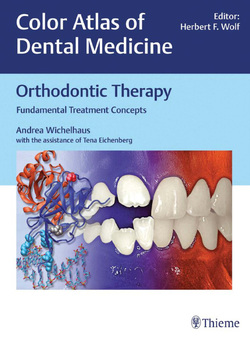عفونت مفصل پریپروستیک (PJI) یکی از جدیترین عوارض در زمینه اندوپروستیک میباشد. بنابراین بیمار باید به سرعت درمان مناسب برای مقابله با عفونت را آغاز کند.
متخصصان سراسر جهان، براساس تجربه شخصی خود، روشهای پیشگیری، استراتژیهای تشخیصی مناسب جهت بررسی، درمانهای مؤثر تجدیدپذیر مربوط به جراحی و همچنین تأثیرات سودبخش PJI را مطرح کرده و شرح میدهند.
خوانندگان میتوانند از این کتاب به عنوان منبع جامعی برای مقایسه رویکردهای خودشان جهت درمان PJI با توصیههای متخصصان استفاده کنند.
متخصصان سراسر جهان، براساس تجربه شخصی خود، روشهای پیشگیری، استراتژیهای تشخیصی مناسب جهت بررسی، درمانهای مؤثر تجدیدپذیر مربوط به جراحی و همچنین تأثیرات سودبخش PJI را مطرح کرده و شرح میدهند.
خوانندگان میتوانند از این کتاب به عنوان منبع جامعی برای مقایسه رویکردهای خودشان جهت درمان PJI با توصیههای متخصصان استفاده کنند.
سال انتشار: 2017 | تعداد صفحات: 366 | حجم فایل: 10.21 مگابایت | زبان: انگلیسی
Management of Periprosthetic Joint Infection: A global perspective on diagnosis, treatment options, prevention strategies and their economic impact
نویسنده:
Klaus-Dieter Kuhn
ناشر:
Springer
ISBN10:
3662544687
ISBN13:
9783662544686









